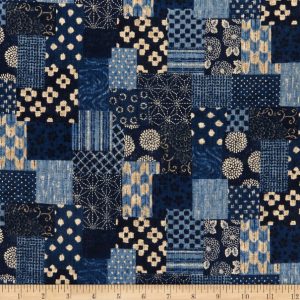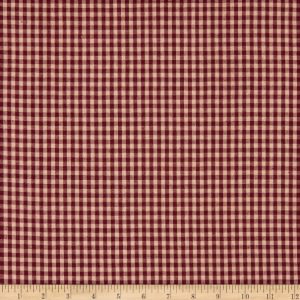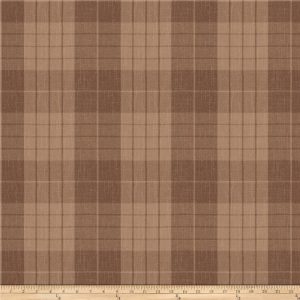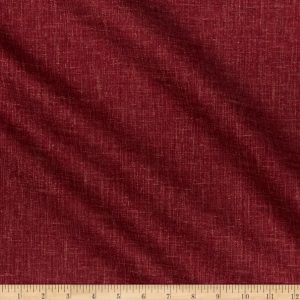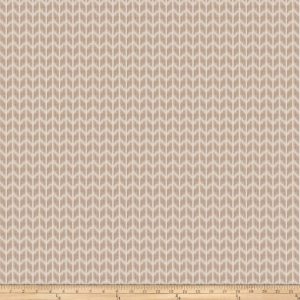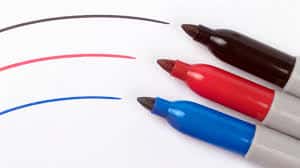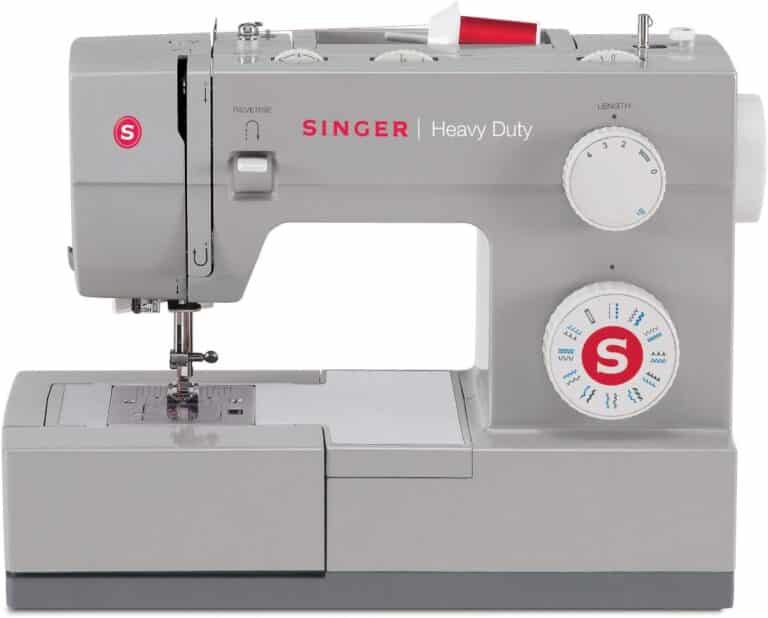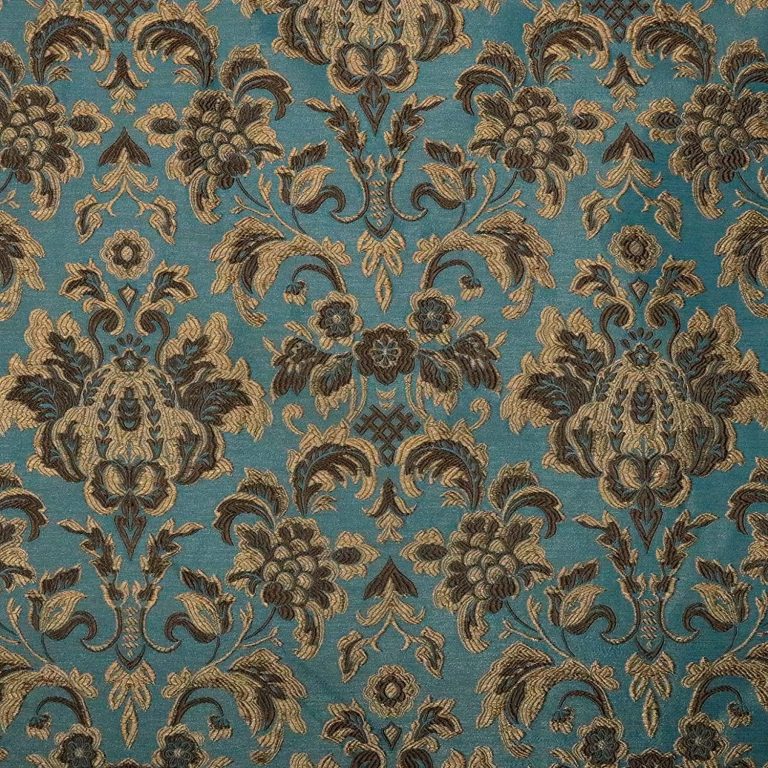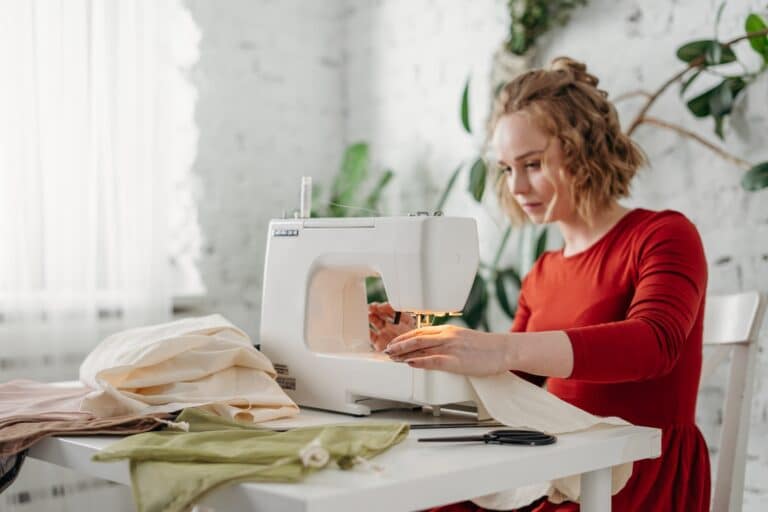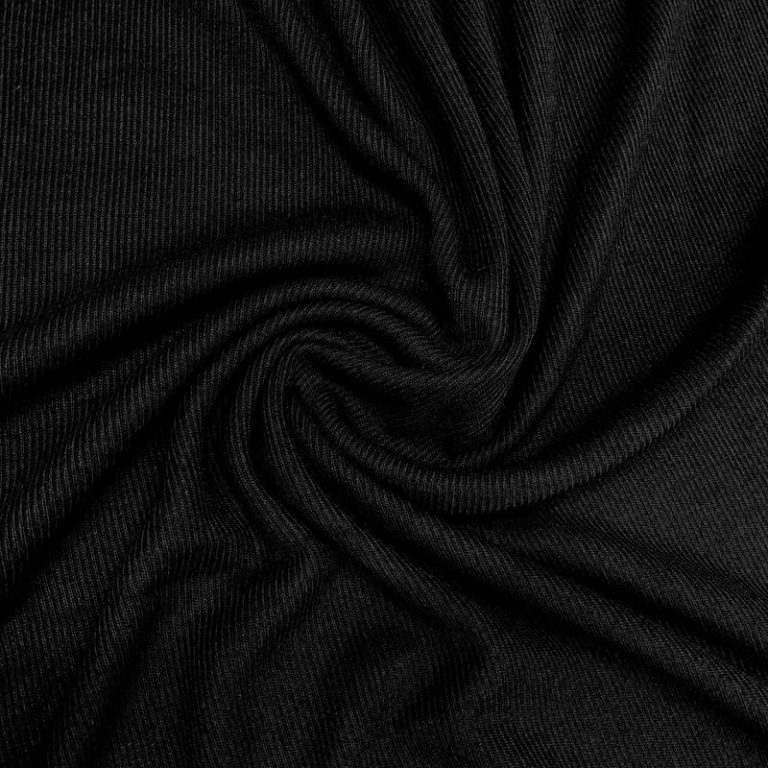Homespun Fabric: History, Properties, Use, Care, Where to Buy
Table of Contents
Introduction to Homespun Fabric
Homespun fabric is a lightweight fabric made from delicate cotton yarns that utilize traditional colonial methods such as hand warping, coloring, threading, and bleaching. It is made from fine cotton threads.
It is normal for color variances and minor inconsistencies to occur, and these characteristics contribute to authentic homespun’s overall character and charm. These patterns are typically found in plaids, striped fabrics, or ikats, to name a few. In these fabrics, the yarn is dyed, which means that both sides of the cloth are saturated in color. This lends the fabric a hand-made feel.
| Content | Pros | Cons |
|---|---|---|
| Introduction to Homespun Fabric | – Lightweight fabric\n- Soft and delicate\n- Durable\n- Stretchy | None |
| History of Homespun Fabric | – Traditional weaving methods\n- Political and cultural significance | None |
| Properties of Homespun Fabric | – Color variances and inconsistencies add charm | None |
| How is Homespun Fabric Made? | – Unique stitching-colored yarns\n- No front or back | Flaws and nubs may be present |
| Where is Homespun Fabric Made? | – Produced worldwide\n- China is the largest producer | Raw cotton may be sent elsewhere for finishing |
| Common uses of Homespun Fabric | – Daily wear and home decor\n- Quilting\n- Sewing\n- Dyeing | None |
| How to care for Homespun Fabric | – Hand or machine wash in cold water\n- drying | None |
| Best Homespun Fabrics | – Versatile options for different projects | None |
| Homespun Fabric Buying Guide | – Versatility for different weights and projects | Care instructions may vary |
| Conclusion | – Long-standing usefulness in producing various products | None |
What is the History of Homespun Fabric?
Towards the end of the eighteenth century, women in New England and the Chesapeake began weaving, a job traditionally held by men in the industrial garment regions. There was a strong immigrant population from England and Germany in Pennsylvania, which maintained the weaving in the hands of men.
The fabric further gained popularity during the early industrial revolution. Households made fabrics. People learned to mix factory-spun cotton threads with household wool—blends of the best wool fabric and cotton-made way. The movement also found its way to Canada.
It wasn’t just America that saw the political value of homegrown textiles. While in South Africa, Mohandas Gandhi came back To India wearing garments that appeared typical of peasant attire.
He began preaching an ideology about self-reliance in Swadeshi, encouraging Indians to destroy foreign materials and wear simple garments manufactured from khadi, or homespun fabric. Thus, the fabric also gained popularity and fame in America and India.
Nowadays, Homespun fabric is a widely available commodity and is considered a unique material.
Properties of Homespun Fabric
- It is a lightweight fabric
- It is soft and delicate. It can easily be cut using fabric scissors or a rotary cutter.
- It is very durable
- Can easily stretch
How is Homespun Fabric Made?
The flaws and nubs interwoven into the fabric of homespun fabrics are common. This is not a flaw but rather a feature of the raw nature of the homespun. On rare occasions, there may be tiny color differences in the fibers, although they are normally undetectable in plaids and stripes.
Even though most modern Homespuns are made in industrial facilities, the distinctive style of stitching-colored yarns together to form a pattern makes all Homespuns unique. The absence of a front and back distinguishes a homespun fabric, usually made entirely of cotton.
Due to the structure being based on the thread color, both sides of the item are identical. Plaid, stripe, or solid are the only three options for authentic Homespuns.
Where is Homespun Fabric Made?
The fabric known as homespun is produced at textile mills and factories worldwide. The raw cotton is transported to the spinning machine and transformed into fabric by the desired style. Cotton yarns are utilized to create the fabric, which is appropriate given that the cloth is made of cotton.
Currently, China is the largest producer of textiles in the world. Even though the fabric may be made in Asian countries like India, most production occurs in China. Sometimes, the raw cotton is also sent to form the finished good.
Common uses of Homespun Fabric
Homespun fabric is used for a wide variety of purposes
Daily wear and home decor
Homespun is used for men’s and women’s apparel. It is also used for making bed sheets, curtains, household linen, and many other household accessories.
Quilting with homespun fabric
It is a perfect suit for being used in ragged style quilting because of the nature of the fabric. When using homespun for rag weaving, there is no need to wash the fabric numerous times. Most flannels will fray well, while homespun becomes softer with each wash.
Sewing with Homespun fabric
Today’s homespun fabrics resemble the textiles women used to weave decades ago. The fabric isn’t relatively hard to sew and can be stitched easily using the correct sewing essentials and sewing notions and supplies.
When cutting and sewing the material, you should use starch to allow the fabric to stretch. Also, making a larger seam will help prevent the fabric from coming out of place. The sewing needle used can be a universal needle. The sewing thread can be cotton or polyester.
Since the fabric is a bit stretchy, you should use pins to hold it down. Lastly, you should use one of the best sewing machines like the Brother SE600 for efficient results.
Dyeing Homespun fabric
Homespun fabrics can be dyed easily. The fabric can be dyed in various colors using all-purpose dyes like the Rit All-purpose liquid dye, one of the best fabric dyes available.
How to care for Homespun Fabric?
Homespun fabric is a material that needs to be handled with care.
Washing
- The fabric should be washed in cold water
- It can be hand washed as well as machine washed
- When machine washing, set your machine settings to a gentle cycle
- Adding table salt to the fabric during the wash will help retain its color and prevent the colors from fading
- Dry on low heat, keeping a delicate cycle
Ironing
- Use a shark steam iron with medium-high heat
- Keep the steam on
Where to buy Homespun Fabric?
Homespun fabric can be bought at fabric and garment shops. Customers can also buy it through online retailers and websites like https://amzn.to/4b6kxLB and Amazon, which have the best homespun fabrics available—ranging from the Robert Kaufman Geo Circle Indigo to the Robert Kaufman Seven berry Nara Homespun.
It can be sold in several ways depending on the seller;
- By yard
- By Inches
- Can be cut to order
Homespun fabric is often made from cotton, though synthetic fibers can also be used. The fabric takes its name from the way it’s made. Homespun is woven with similar techniques to historic, at-home weaving techniques. This fabric is usually made with fibers that have been dyed, not with designs printed onto the fabric, so the colors are generally vibrant. Homespun fabric often has a looser weave and is usually quite versatile.
Best Homespun Fabrics
Here are our homespun fabric reviews.
1. Robert Kaufman Sevenberry Nara Homespun
This collection of homespun fabrics comes in over thirty-five different prints. Homespun cotton is very versatile and can be used for many different projects. This homespun cotton canvas can be used to make apparel items like skirts, blouses, shirts, pants, dresses, coats, and more. It can also be used to sew accessories like tote bags, home décor items like window treatments, or tabletop items like placemats.
- Machine wash, tumble dry- do not use bleach
- Comes in 42” widths
- Fabric is lightweight and is made from 100% cotton
Shop Now on Amazon for Fabric Check Today's Price on Amazon
2. A. E. Nathan Homebas
This line of fabric is lightweight. Homespun is a versatile fabric that can be used for many different sewing projects. This fabric can be used to make apparel items, for home décor, and even for quilting.
- Available in 44” widths
- This line of homespun fabric comes in different plaids
- This homespun fabric is made from 100% cotton
Shop Now on Amazon for Fabric Check Today's Price on Amazon
3. Charlotte Moss Fabricut Style: Dalton
Plaid is a popular print for homespun fabric and this line comes in several different shades. This line of homespun is woven and features 21,000 double rubs. It is a great fabric to use to make window treatments and bedding. Because it is a heavyweight fabric, this line could also be used for some upholstery projects.
- This heavyweight homespun fabric is a blend of 53% polyester, 29% linen, and 18% cotton
- Available in 55” widths
- Dry clean
4. Robert Kaufman Sevenberry Nara Homespun Texture Red
This fabric is a lightweight textured solid. Homespun fabric is very versatile and can be used for a wide variety of projects- anything from apparel to home décor, accessories to window treatments. This fabric belongs to a line that comes in many other solid colors but is also available in a large variety of prints as well.
- This lightweight fabric is made from 100% cotton
- Available in 42” widths
- Machine wash on gentle, or dry clean
Shop Now on Amazon for Fabric Check Today's Price on Amazon
5. Fabricut Style: Cribbage
This woven homespun fabric is a medium-weight fabric that features 35,000 double rubs. Homespun fabric can be an excellent option for home décor projects and accents. This fabric can be used for window treatments and for different upholstery projects.
- Dry clean
- This fabric is a blend of 58% cotton and 42% polyester
- Available in 55” widths
Homespun Fabric Buying Guide
Homespun fabric is a versatile fabric that comes in different weights. Fabric can be lightweight, medium weight, or even heavier weight. Because the fabric comes in so many different lines, it can be used for anything from apparel to upholstery projects. Homespun, though popularly made with cotton, can also be made with synthetic fibers like polyester and can come in poly/cotton blends.
Laundering Homespun
Homespun fabric can sometimes be laundered in the washing machine, or even in the dryer, depending on the line of fabric. Other fabrics can be machine washed on gentle only. Each line will have its own care instruction as to how to properly launder the fabric. Some homespun fabric is required to be dry cleaned. Properly caring for your fabric helps ensure that the fabric lasts.
Budgeting
There are lines of homespun fabric that can be purchased quite inexpensively. Some lines start at just over ten dollars a yard, and can be cheaper if larger amounts of fabric are purchased. Other lines of homespun, especially heavier weight fabrics, are often more expensive and might run around the forty to fifty dollar a yard mark. Homespun is very versatile and even lighter weight fabrics can be used for many different projects. Each project will have its own requirements and the weight of fabric purchased will often be determined by these needs.
Recommended Reading:
- Chapter 1: The 7 Sewing Essentials for Beginners
- Chapter 2: The Beginner’s Guide to Sewing Machines
- Chapter 3: The Ultimate Guide to Setting up your Sewing Room
- Chapter 4: Everything You Need To Know About Sewing
Conclusion
The homespun fabric has been around for decades and has shown to be incredibly useful in producing a variety of products and apparel over the years. The fabric has been used for various accessories, including gowns, tablecloths, and napkins.
Sources
- Jubilee fabric
- All people quilt
- Love to know


